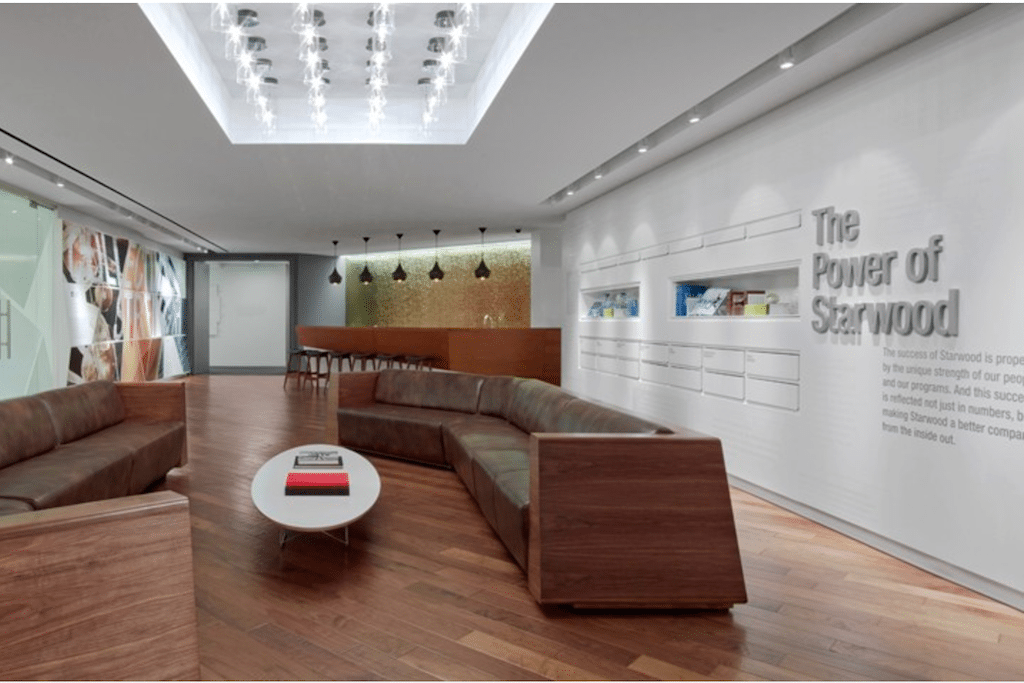How Starwood Optimized Its Website Translation Speaks to an Industry Becoming Fluent in Data

Skift Take
Starwood recently changed its approach to the translation of websites for its 1,500 properties. Its move is a case study in how many hotel groups are getting savvier about using data to boost bottom line results.
Before its acquisition by Marriott was completed last September, hospitality company Starwood Hotels & Resorts Worldwide changed its approach to a problem that many chain hotels face — how to maximize the value of its spending on translation services for its property websites worldwide.
There were two aspects to the question: Was Starwood overspending on the translation of some of its branded websites, relative to how much business it was bringing in from the speakers of those languages? And was it failing to translate other websites and thus losing customers who were turning elsewhere and instead booking stays at properties that offered online information in their native tongues?
It's not often that hotel executives offer a peek into their thinking about challenges. So it caught Skift's eye two weeks ago when Ora Solomon, director, global product management, digital, gave a presentation about Starwood's effort at the CMO Digital Insights Summit in Atlanta.
To be sure, the approach Starwood took is not the last word in how hotels can approach similar challenges. In fact, Marriott's approach to translations will likely be different than what Starwood took, a spokesperson for the merged brands said.
Starwood

